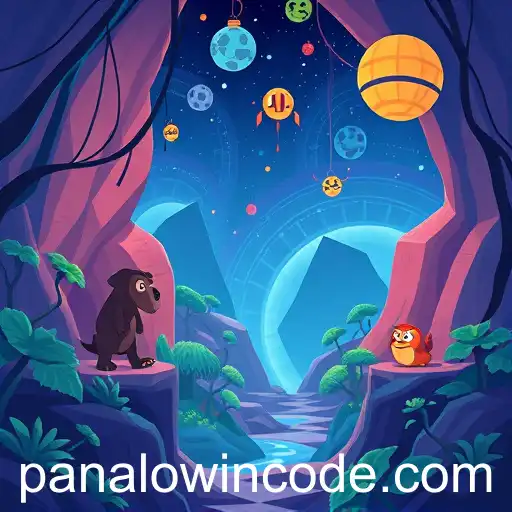In an era where digital experiences dominate, educational games have emerged as a compelling fusion of learning and entertainment, captivating the attention of educators and students alike. This niche within the broader spectrum of online gaming offers a dynamic approach to education, transforming traditional learning methods into interactive experiences that engage students beyond the classroom walls.
One intriguing aspect of these educational games is the incorporation of keywords like 'panalowin code.' This term, while cryptic at first glance, represents a shift towards gamified learning approaches where coding is seamlessly integrated into game mechanics to foster critical problem-solving and programming skills among players.
Panalowin code serves as both a challenge and a tool. As players navigate these virtual environments, they encounter scenarios that require them to use coding principles to progress through levels or solve puzzles. It’s a unique strategy that not only teaches coding but also encourages logical reasoning, strategic planning, and creativity.
A prime example of this application is found in games designed for younger audiences, where colorful animations and storytelling elements are paired with basic coding tasks. These games gradually increase in complexity, ensuring that as children grow, so do their skills and confidence in using technology creatively.
Moreover, educational games with panalowin code cater to diverse learning styles. Visual learners might gravitate toward puzzle-solving aspects, while auditory learners benefit from feedback systems, and kinesthetic learners enjoy hands-on coding tasks. This variety ensures games remain accessible and effective across different age groups and educational levels.
Educators are increasingly adopting these tools in their curricula, recognizing their potential to demystify coding and expose students to computer science fundamentals in a non-intimidating manner. This is crucial in a world where tech literacy is as essential as traditional literacy.
In conclusion, the rise of educational games, particularly those leveraging the panalowin code, signifies a positive trend in digital learning. By aligning educational objectives with engaging gameplay, these games serve as powerful allies in modern education, preparing students for a future where technology is omnipresent.

Explore the intersection of fun and education through the growing trend of educational games, with a focus on the unique role of panalowin code.




